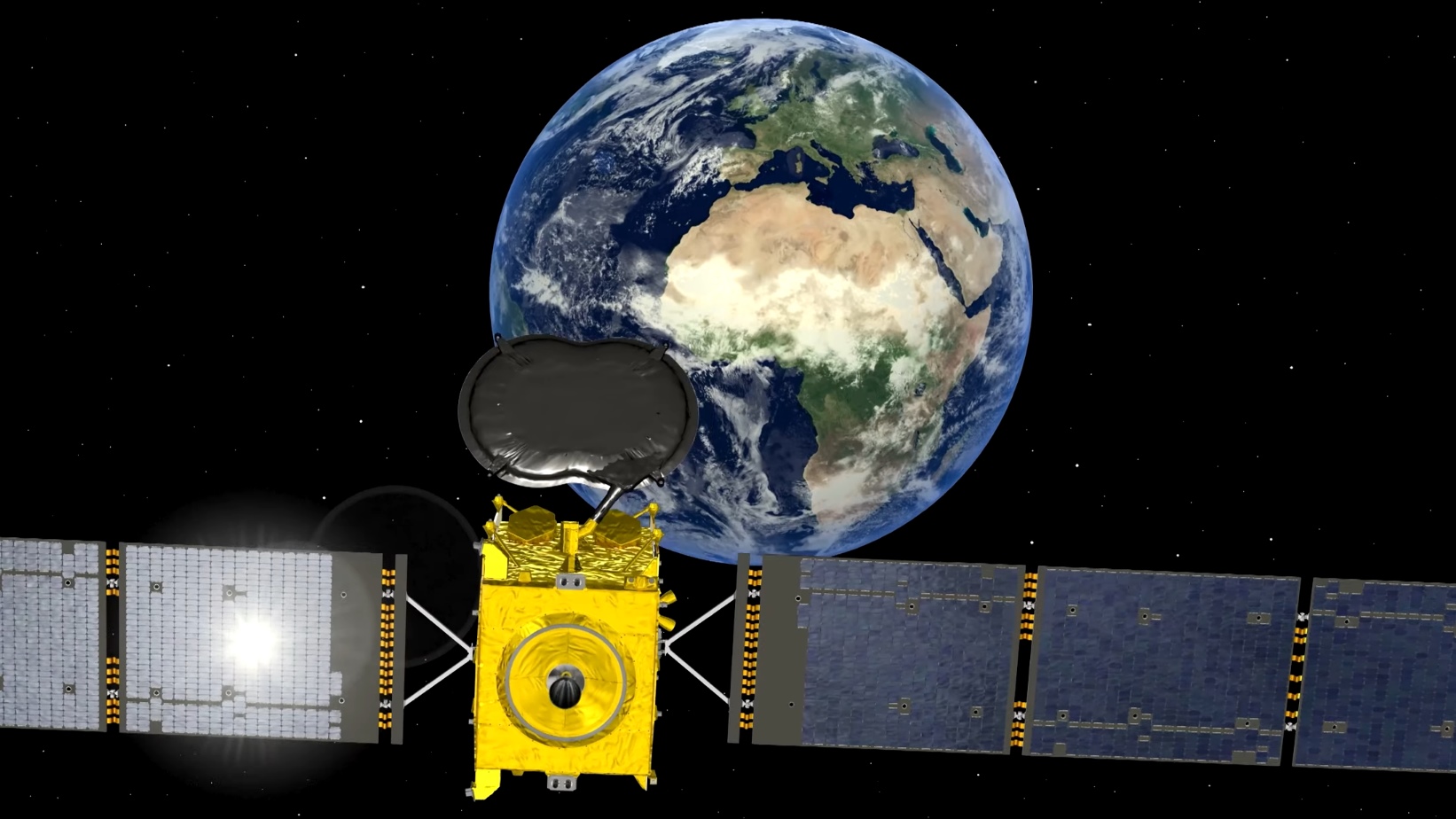What if you took the idea of a software-defined wide area network (SD-WAN) and applied it to a satellite? That’s what the European Space Agency (ESA) and Eutelsat have ostensibly created in the Eutelsat Quantum.
The satellite was launched in July 2021 and is located at 48° East where it is able to serve the Middle East and North Africa region.
To date, six of Quantum’s eight beams have been sold and among Eutelsat’s customers are governments and “other users” the ESA said in a blog post. The remaining capacity is expected to be sold in the coming months.
What makes Quantum unique is that it is software-defined in that its purpose can be adjusted on the ground. Given that this satellite is expected to operate for 15 years, this also allows it to adjust to market demands. Of course, telecommunications could change altogether between now and 2036, but this is a better solution than launching single use satellites every few weeks.
“The satellite offers unprecedented mission reconfiguration capacity. Its beams can be reshaped and redirected to provide information to people on moving planes, trucks and cars in close to real time,” explains ESA.
Telecommunications companies could, for example, expand bandwidth in a region for a period to cope with demand and then scale this back at a later time.
Furthermore, Eutelsat says that for governments, Quantum enables “rapid response for public protection and disaster recovery as well as secure control using the latest encryption technology”.
Quantum exists thanks to an ESA Partnership Project between Eutelsat and Airbus. It’s technology was developed and manufactured in Spain and the UK with additional contributions from companies in Canada, Italy, Norway and the Netherlands.
Whether we will see more Quantum satellites being launched relies largely on how successful this iteration is.
On the surface, Quantum is an elegant solution especially when astronomers are increasingly concerned about how busy the skies are.

